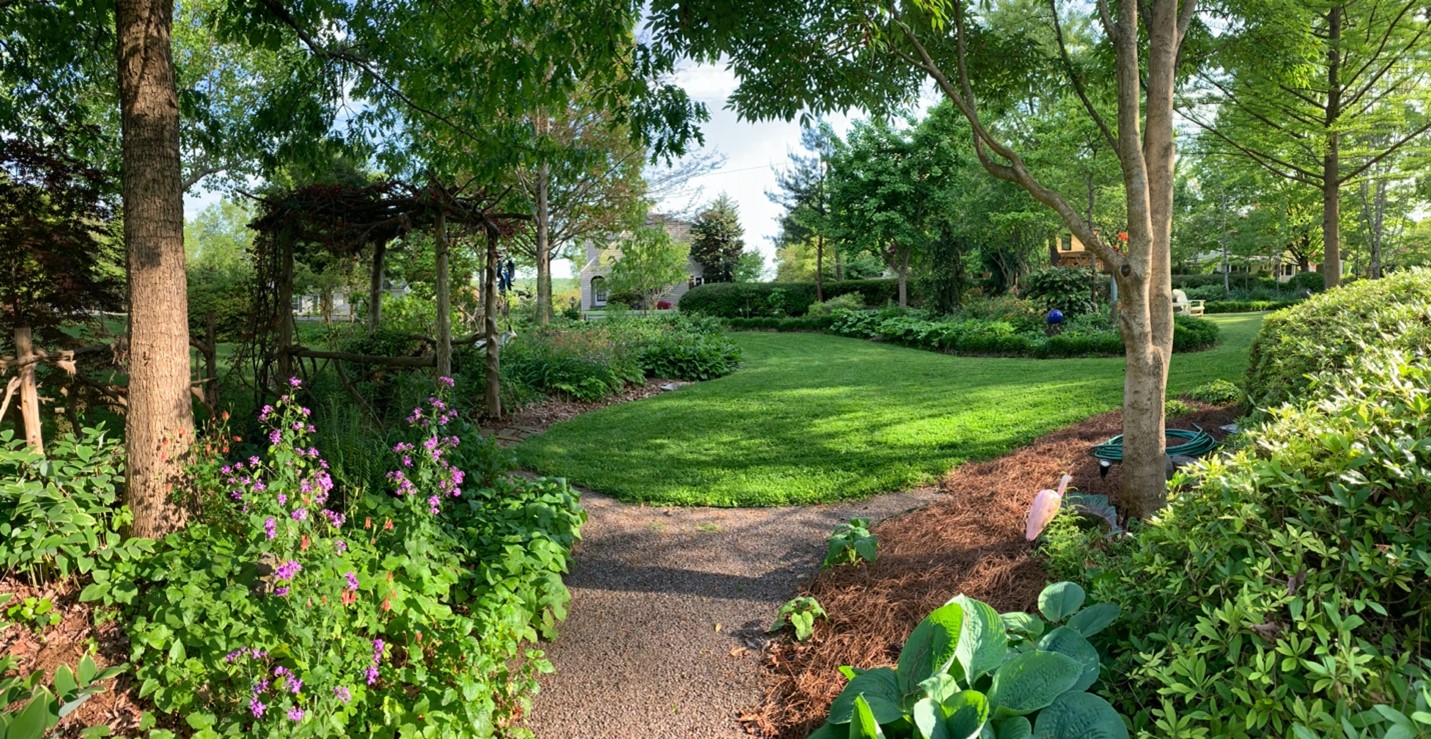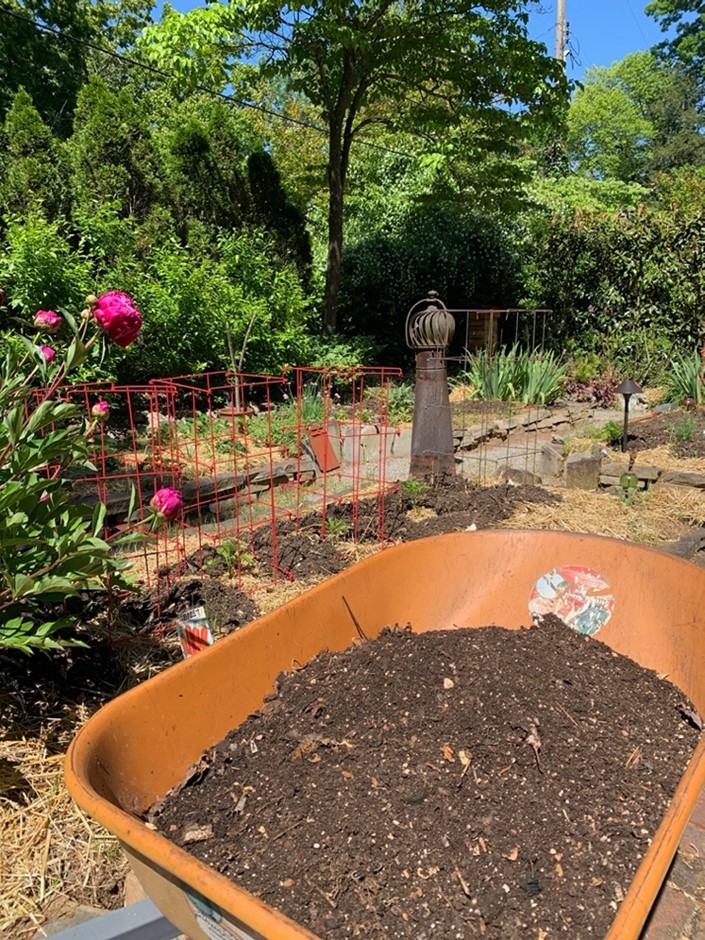Not All Mulch is Created Equal
With the changing of the seasons, our thoughts turn from how to beat the heat to “what the &%$#! do I do with all these leaves?” The answer is just relocate them. Put them in places in your garden where they can do some real good, your beds. Just the mere concept of mulching can be a divisive topic. Some folks love to “change the brown”. i.e. – adding a new layer of mulch to give their beds a fresh look. I am not of this mindset. Being a plant lover, I’m more interested in a garden where the horticulture if the main focus rather than the mulch. Ideally, over time you should strive for a mature garden that needs very little mulch. This is a direct result of planning and planting with species that will fill in all of the voids

Don’t get me wrong. Every young garden will benefit from having a layer of organic matter around its plants’ root system. This will help retain moisture and keep competing weeds at bay. I have just finished a design for a client whose property had some pretty challenging, rocky soil. I advised adding a 4-5” layer of shredded hardwood bark mulch to begin with. This was mainly due to the fact that the entire site was pretty severely sloped. While I’m not a fan of shredded bark it does do a pretty good job of staying in place on a slope. Over time, I suggested allowing the leaves from the existing canopy of trees to cover the first application of mulch and continue this practice as the garden matures.

There are plenty of mulches which may be considered including gravel or small stones but I won’t get into that here since this is not common in our region. For perennials and native plants, the absolute best mulch is natural leaf matter or “duff” as it’s called in ecological terms. This material is light and does a great job of allowing air and water to penetrate, unlike a dense mat of shredded bark mulch. You should also be very wary of black or “midnight” mulch which is basically shredded bark mulch mixed with coal dust. The absolute worst-case scenario is to place a layer plastic and THEN cover with Johnny’s black mulch. Some seem to think that this method will cut down on weeds. My response has often been, “weeds can easily grow out of a crack in the sidewalk. Why wouldn’t they do the same on a 3’ layer of moist mulch?”
Another appropriate mulch is pine straw of pine needles. As with nature leaf duff, pine straw is porous enough to allow soil to breathe and water to infiltrate. There are some environmental concerns about how pine needles are gathered (machinery sweeping a forest floor) but if you have no existing trees from which to collect leaves (or can’t snag some at your neighbors’ curbside) pine straw can help until your plants fill in.
So as a landscape architect who has been getting his hands dirty in Knoxville, TN for the past 40 yrs., get ready for fall and choose your mulch wisely. Cover any bare soil to help your garden transition to the NEXT season….winter!






